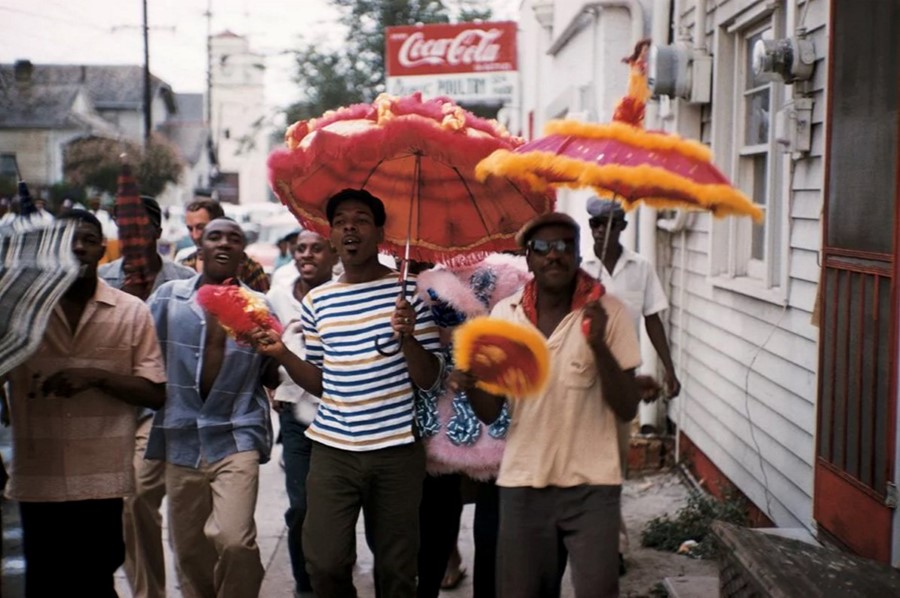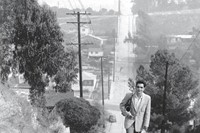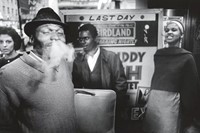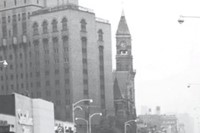56 years after its first appearance, the era-defining book by photographer William Claxton and musicologist Joachim Berendt is back, and it's as groundbreaking as ever
During the first half of the 20th century, America found itself in the grip of jazz, one of the most expressive, original and transcendent of all musical genres. It broke down racial boundaries, crossed class divides and gave birth to a new type of nightlife culture, and yet it is notoriously difficult to describe in words (as Louis Armstrong put it, “If you have to ask what jazz is, you'll never know.”) With this in mind, in 1960, German musicologist Joachim Berendt decided that the only way to write about the phenomenon was to plunge into it headfirst and set off for the United States, armed with recording devices and joined by American music photographer William Claxton, whose soulful style of documentation he felt would provide the perfect visual accompaniment.
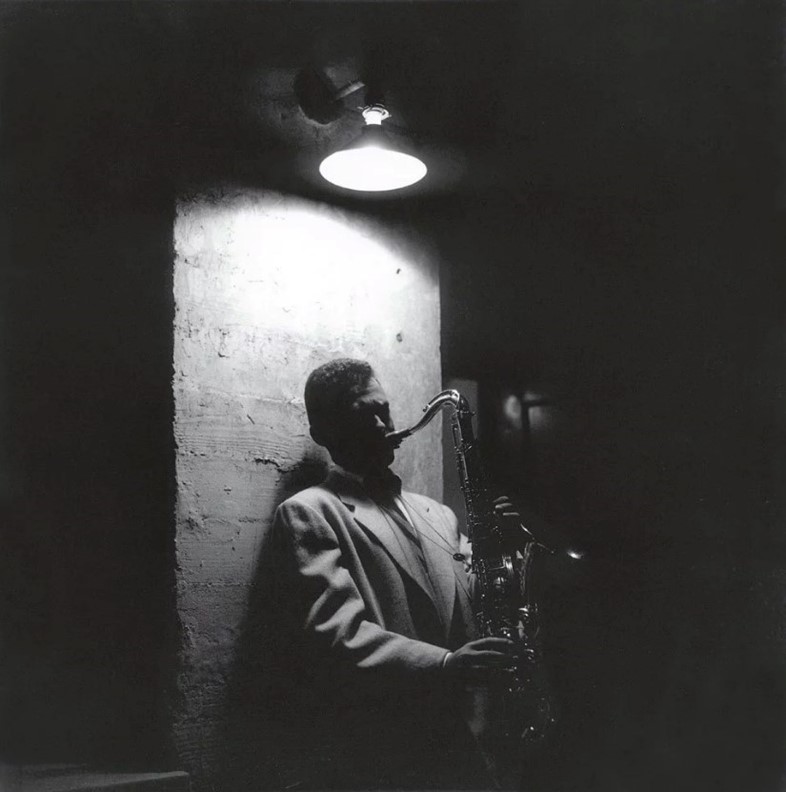
The duo rented a Chevrolet and embarked on a four-month adventure, covering more than 24,000 kilometres – from the smoky clubs of New York to the vibrant streets of New Orleans, from Memphis and Chicago to Hollywood, seeking out jazz’s most seminal pioneers and, in Claxton’s words, “the environments in which they thrived.” Their exploits culminated in a book titled Jazzlife, published the same year, with a selection of Claxton’s photographs illustrating Berendt’s text. Claxton proved himself the ideal man for the job; his technique as varied as the genre itself – crisp, compelling portraits sit alongside hazy performance shots and candid environmental images, all serving to paint a remarkably well-rounded and unprecedentedly uplifting picture of jazz’s heyday. As Berendt notes in the tome’s foreward, “Most books of jazz photographs beautifully capture the desolate mood, the blues atmosphere, and everything that goes to make up the jazz musician’s feeling of loneliness, with the racial and social discrimination that he suffers. But jazz is also the music of joie de vivre and overflowing energy, the music of primordial vitality and brilliant irony, the music of youth and humour. We have tried to capture this as well.”
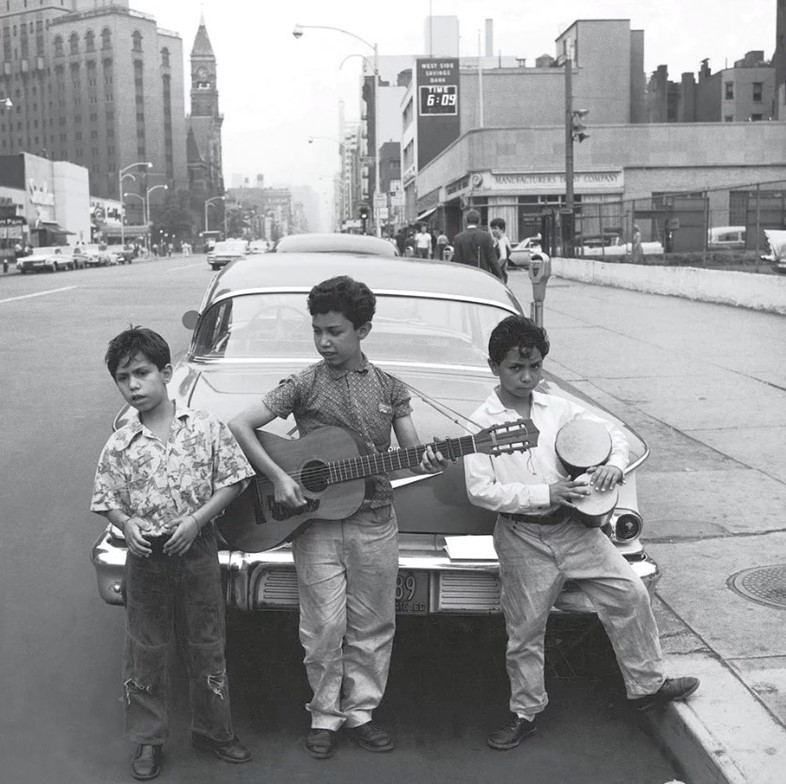
The book was a resounding hit, and soon became a coveted collector’s item among jazz and photography fans alike. Happily, this month sees the release of a brand new edition by Taschen, reassembling the original material along with a never-before-seen selection of coloured photographs and a foreward by Claxton detailing his fond recollections of the trip. 56 years on, it stands as a glorious visual testament to the adage “jazz music doesn’t have an expiration date.”
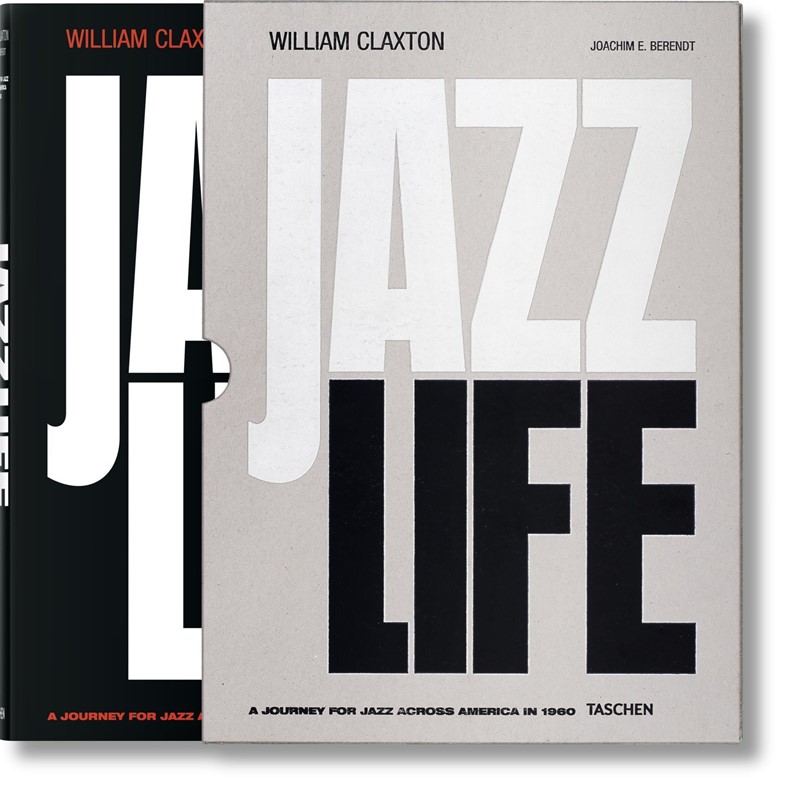
Jazzlife by William Claxton and Joachim Berendt is out now, published by Taschen.
